The struggles of being an Asian fashion designer
Even as Asian-American fashion designers such as Alexander Wang and Prabal Gurung have become familiar names for style mavens here, Asian designers and local ones have had an uphill climb over the past few years. The fashion incubator project, Parco next NEXT, which showcased and stocked budding young designers at the Japanese mall Parco’s Millenia Walk and Bugis premises, ended in early 2014. There hasn’t been a similar incubator project since. Mporium, the sprawling 5,000sqf multi-label boutique at Suntec City that showcased emerging Asian fashion and lifestyle labels, has also recently closed in April this year—less than a year since its opening last October.

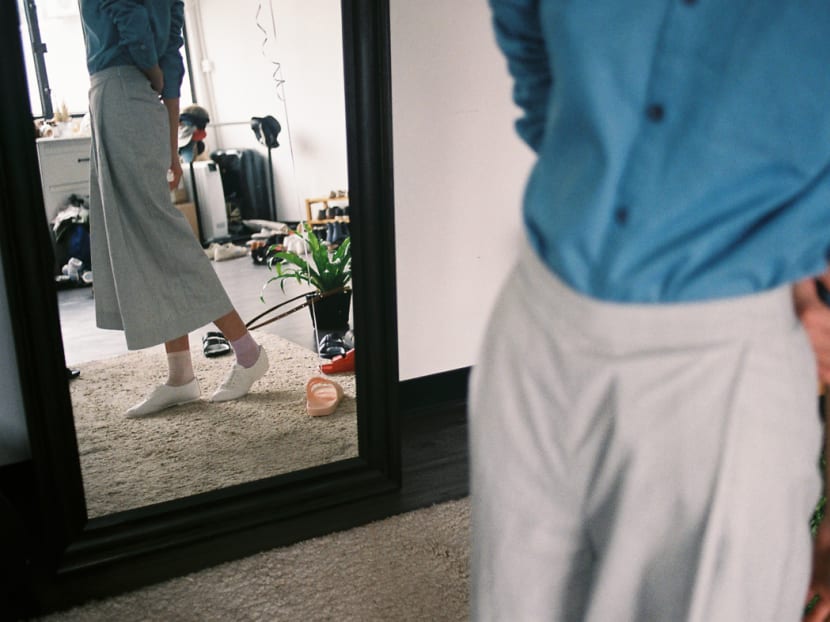
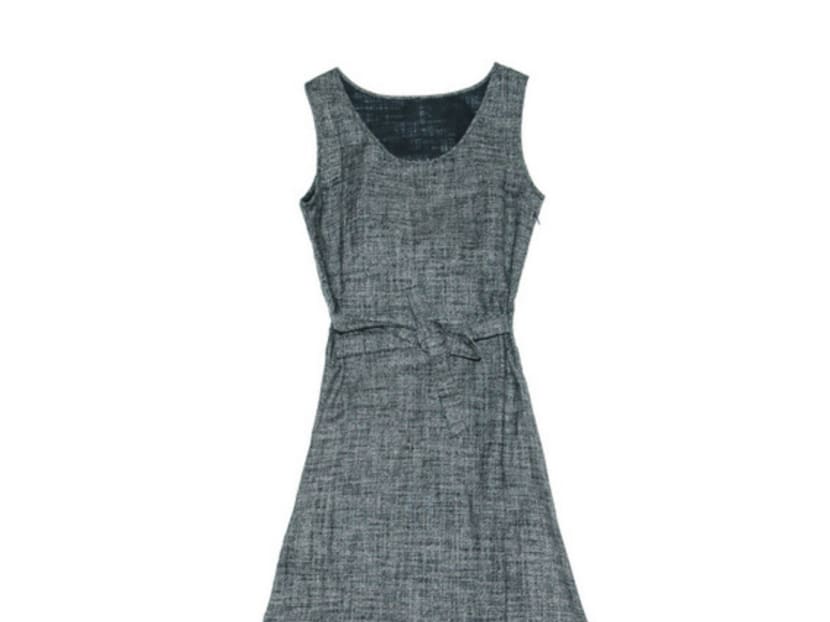
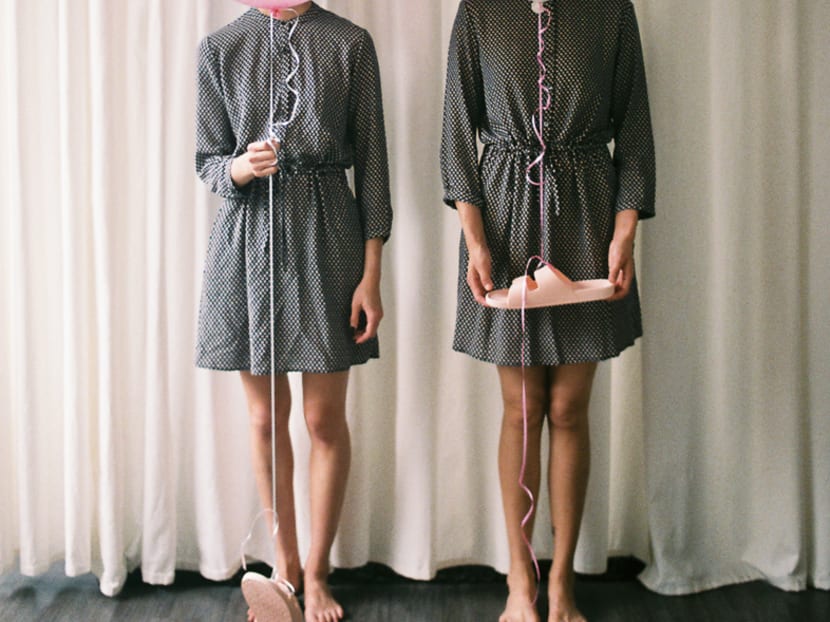
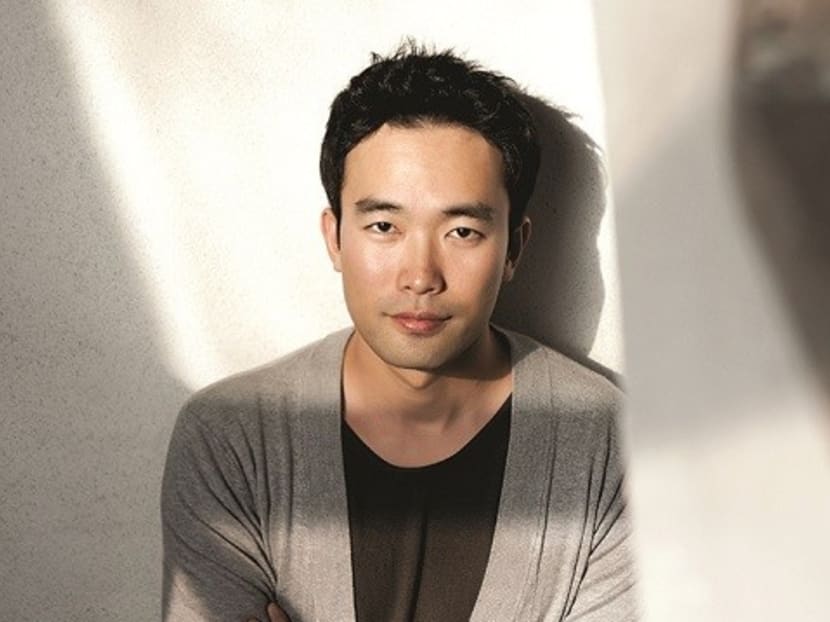
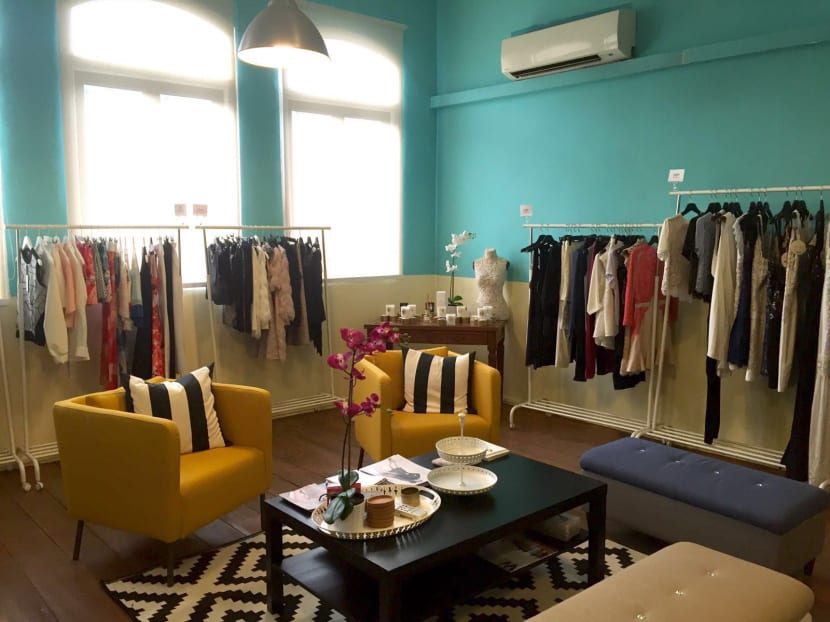
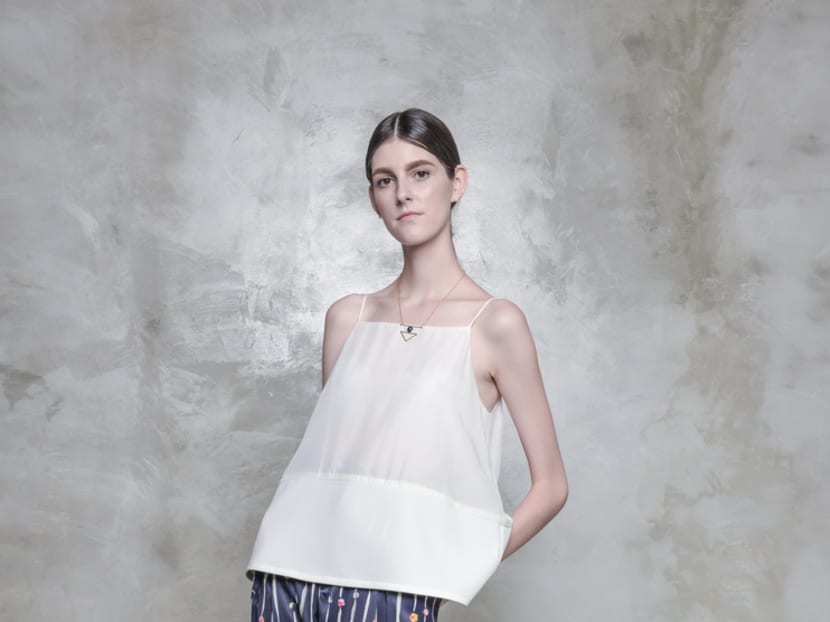
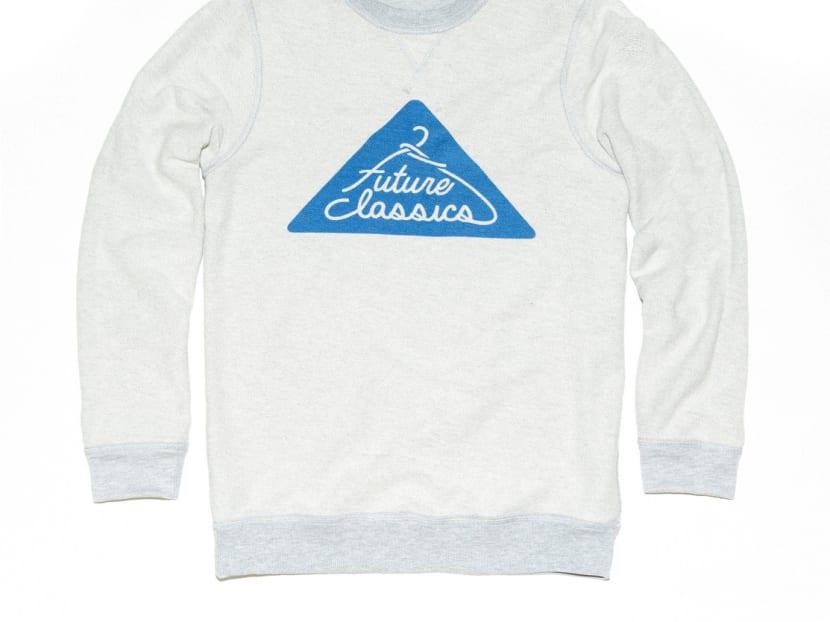
Even as Asian-American fashion designers such as Alexander Wang and Prabal Gurung have become familiar names for style mavens here, Asian designers and local ones have had an uphill climb over the past few years. The fashion incubator project, Parco next NEXT, which showcased and stocked budding young designers at the Japanese mall Parco’s Millenia Walk and Bugis premises, ended in early 2014. There hasn’t been a similar incubator project since. Mporium, the sprawling 5,000sqf multi-label boutique at Suntec City that showcased emerging Asian fashion and lifestyle labels, has also recently closed in April this year—less than a year since its opening last October.
And while there’ll always be strong advocates of Asian and Singaporean designers — among them Tracy Phillips, director of creative agency Ppurpose and radio presenter at Lush 99.5FM who said “fashion is expression, it’s how we show our personality and cultures” — she is among the minority here.
For David Wang, consultant and curator at Mporium (whose contract ended in November last year), news of Mporium’s closure took him by surprise. “I was shocked as well as I didn’t expect it to close so suddenly,” said Wang, who is currently the chairman representing Singapore at the Asian Fashion Federation. The lack of awareness and demand for designed-in-Asia fashion are likely key factors that contributed to its demise, along with the unwillingness of the ordinary consumer to pay a premium for a little-known brand.
He cited the example of Thai label Asava, which has a strong following in Bangkok. “The beautifully made dresses were retailing at S$600, which was very close to the Thai retail price, but customers balk at the price tags here mainly as they are not aware of the label,” said Wang. “Also, I suspect many will think they can get four to five dresses, say, from Zara, for the same amount. This is very sad but true. That’s why our local designers and labels are struggling to survive. We cannot match the masstige brands pricing and consumers are very hooked to their sharp pricing.”
It was a view shared by Corinne Ng, founder of the now-defunct multi-label e-boutique Shop The Mag that specialised in mid-to-high-end Asian designer labels such as Malaysian designer Man Chien. Ng, who’s currently the editorial director at Edipresse Media Singapore, shared that she and her partners decided to sell the business in February this year after they found themselves compromising and going into lower luxury brands that did not quite meet their standards just to cater to customers’ demand. “The consumer’s mindset (seemed to be) that international brands can cost more but Asian brands should be cheaper. Good fabric costs the same around the world and a beautifully constructed garment by a Malaysian designer costs the same as it does for Alexander Wang as it does for Man Chien to produce. But people will pay more for the international brand than for the lesser-known brand.”
THE BRIGHT SIDE
There are some silver linings though. Hong Kong-based multi-label design store Kapok has just launched its own line of clothing named “Future Classics”. Developed as “the first Asian-centred brand of sleek, modern classics”, the gender-free label boasts high-quality, Japanese and technical fabrics, and garments cut to fit Asian body shapes and suited to the climate in Hong Kong and Singapore. The range will be available at the Kapok store at the National Design Centre from July 15.
Meanwhile, multi-label Asian fashion retailer SocietyA, which stocks Asian brands such as LIE by Lee Chung Chung from South Korea and Ying The Label from Singapore, has recently moved into a showroom on Race Course Road following the closure of its Orchard Gateway store at the end of this month. SocietyA founder (who is also the director of construction firm Shingda) Pek Lay Peng tells TODAY that she is on the lookout for opportunities to launch a new retail space within the Orchard Road belt.
She had originally launched SocietyA in 2013 as an online store to address the gap in the retail market “as there was a growth in good, substantial Asian designers who are well-trained in the fashion industry but are under-represented; and the increasing affluence of Asians purchasing higher-quality goods with a lack of knowledge of genuine Asian designers.” She added: “Coupled with the power of e-commerce being the key enabler, I saw a great business opportunity for SocietyA to match Asian designers and the growing affluence of Asians on an international platform. We aim to empower Asians through fashion and design in their own DNA.”
USING TECHNOLOGY, GOING INTERNATIONAL
Jaclyn Teo, co-founder and managing director of local fashion label In Good Company, which has a stand-alone boutique at Ion Orchard, agrees that digital technology has opened up the market for Asian designers. “It’s a globalised world, and from one cosmopolitan city to another urban town, we are all connected by the Internet and Instagram,” she said. International customers who have discovered the brand via its brick-and-mortar store have continued their patronage on its e-store.
Both Teo and fashion designer Sabrina Goh, who founded two fashion labels Sabrina Goh and Elohim by Sabrina Goh, both state the importance of having a good retail product that meets the demands of the current retail market — and the need for hands-on education of consumers on the brand stories, aesthetics and product offerings.
“From a customer’s point of view, they don’t buy In Good Company because we’re Asian or from Singapore, but because it fits their lifestyle and sense of aesthetics; they like its look, quality and accessible price points. (The #SupportLocal movement) is encouraging, but at the end of it, it all boils down to a good product,” observed Teo.
“Of course, if you have a unique point of view, that will make you stand out among the competition,” said Goh. “Knowledge is power. I find that many local customers do not know about Singaporean or Asian designers, and that’s why I feel educating customers about these brands in-store is important.”
The in-store shopping experience for these emerging brands seems to be an integral part of the education process, and is crucial in the bid to spread awareness and convert the casual fashion shopper. Even Phillips, a seasoned buyer of local labels, said she prefers shopping in the brands’ boutiques or at multi-label stores to get a sense of the brands’ points-of-view and the fit of the clothes versus online browsing.
Said Wang: “I won’t say there is a growing demand for Asian fashion here, but consumers need to be made aware there are a lot more alternatives to the brands they keep seeing in the malls and shops. If they are aware of these good alternatives, I am very sure many will go for them.”





